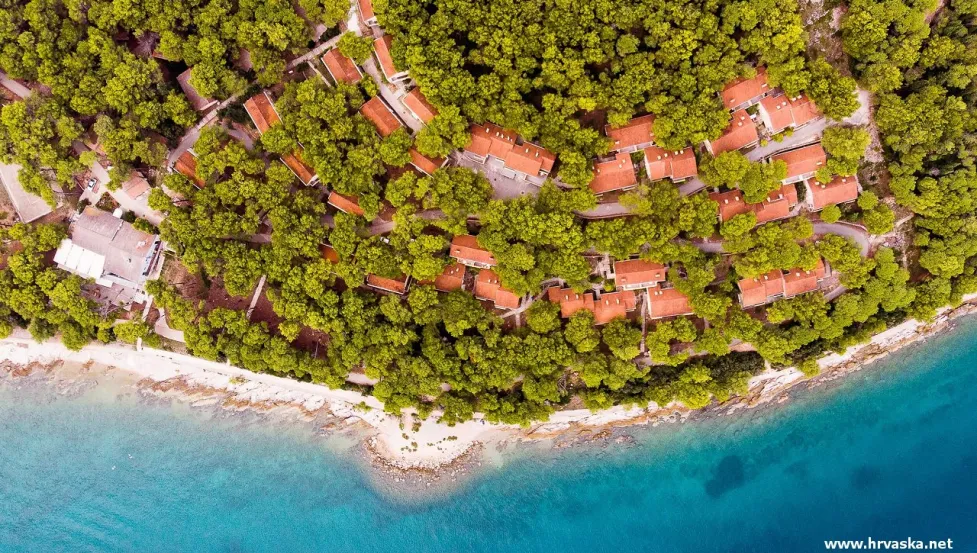DUBROVNIK
Dubrovnik, of the most prominent tourist destinations in the Mediterranean, Cruise, Southern Dalmatia, Croatia
Dubrovnik is a Croatian city on the Adriatic Sea, in the region of Dalmatia. It is one of the most prominent tourist destinations in the Mediterranean, a seaport and the centre of Dubrovnik-Neretva County. Its total population is 42,615. In 1979, the city of Dubrovnik joined the UNESCO list of World Heritage Sites.
The prosperity of the city of Dubrovnik was historically based on maritime trade. As the capital of the Republic of Ragusa, a maritime republic, the city achieved a high level of development, particularly during the 15th and 16th centuries. Dubrovnik became notable for its wealth and skilled diplomacy.
The beginning of tourism in Dubrovnik is associated with the construction of the Hotel Imperial in Dubrovnik in 1897. According to CNNGo, Dubrovnik is among the 10 best medieval walled cities in the world. Although Dubrovnik was demilitarised in the 1970s to protect it from war, in 1991, after the breakup of Yugoslavia, it was besieged by the Yugoslav People's Army (JNA) for seven months and received significant shelling damage.
WALL OF DUBROVNIK: A feature of Dubrovnik is its walls that run almost 2 km (1.24 mi) around the city. The walls run from four to six metres thick on the landward side but are much thinner on the seaward side. The system of turrets and towers were intended to protect the vulnerable city .
IMPORTANT MONUMENTS:
Aerial view of Dubrovnik from the southwest
Few of Dubrovnik's Renaissance buildings survived the earthquake of 1667 but fortunately enough remained to give an idea of the city's architectural heritage. The finest Renaissance highlight is the Sponza Palace which dates from the 16th century and is currently used to house the National Archives. The Rector's Palace is a Gothic-Renaissance structure that displays finely carved capitals and an ornate staircase. It now houses a museum. Its façade is depicted on the reverse of the Croatian 50 kuna banknote, issued in 1993 and 2002. The St. Saviour Church is another remnant of the Renaissance period, next to the much-visited Franciscan Monastery. The Franciscan monastery's library possesses 30,000 volumes, 216 incunabula, 1,500 valuable handwritten documents. Exhibits include a 15th-century silver-gilt cross and silver thurible, an 18th-century crucifix from Jerusalem, a martyrology (1541) by Bemardin Gucetic and illuminated psalters.
Dubrovnik's most beloved church is St Blaise's church, built in the 18th century in honour of Dubrovnik's patron saint. Dubrovnik's baroque Cathedral was built in the 18th century and houses an impressive Treasury with relics of Saint Blaise. The city's Dominican Monastery resembles a fortress on the outside but the interior contains an art museum and a Gothic-Romanesque church. A special treasure of the Dominican monastery is its library with 216 incunabula, numerous illustrated manuscripts, a rich archive with precious manuscripts and documents and an extensive art collection.





